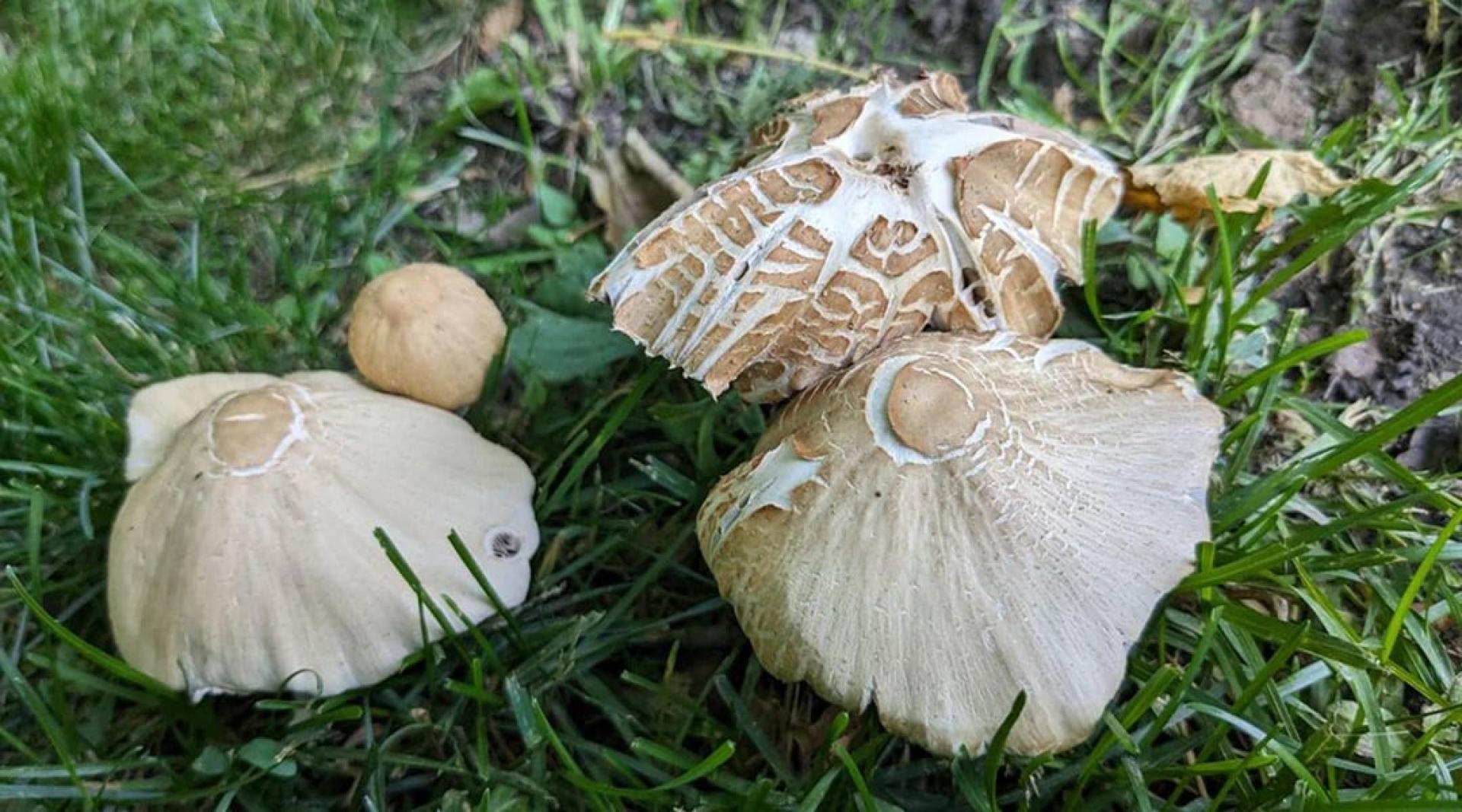In the peak summer of 2025, a craze for the 'king of mushrooms' is sweeping across China.
According to DeepHK Online, this rare delicacy—known as the 'top influencer' among mushrooms—soared to a sky-high price of 1,800 RMB (1,064 MYR) per kilogram when it hit the market in May. Even by July, during peak season, wholesale prices at Hangzhou’s Qingping Market are still as high as 200 to 300 RMB (118 to 177 MYR) per half kilo.
Meanwhile, in Shangri-La, Yunnan, at the matsutake mushroom trading market, top-grade termitomyces over 8 cm in diameter are air-shipped to Japan at 2,000 RMB (1,182 MYR) per kilogram, becoming signature treasures fiercely sought after by high-end restaurants.
Termitomyces is widely distributed in southern China, Southeast Asia, Africa, and other regions. It has strict requirements for its growth environment; in nature, organic matter in termite nests serves as a nutrient source for the fungal mycelium. It mainly grows in mountainous areas at elevations of 1,000 to 3,000 meters and is often found on the ground in coniferous and broad-leaved forests, wastelands, and cornfields. It primarily grows in summer and autumn, with the picking season generally from June to October.
According to the Compendium of Materia Medica, termitomyces possesses the effects of 'enhancing flavor, clearing the mind, and treating hemorrhoids,' as well as strengthening the spleen and stomach and curing hemorrhoids, mainly treating abdominal bloating, indigestion, mental fatigue, and hemorrhoids. Termitomyces is rich in essential amino acids, proteins, fats, and other nutrients, and can be used in soups, stir-fries, and more. It is known for its delicious taste, with a flavor similar to chicken soup.
This economic wave driven by wild mushrooms is redefining the value chain of Chinese agriculture. From damp mountain forests to urban dining tables, from research labs to e-commerce livestreams, a subtle contest involving scarcity, technology, and consumption upgrade is unfolding.
In the lab of Zhejiang University’s College of Agriculture and Biotechnology, Professor Li Feng’s team has unveiled the mysteries of termitomyces under a microscope. The mycelium forms an intricate network with symbiotic bacteria in termite guts, manipulating termite foraging paths by secreting pheromones to ensure stable nutrients for the fungi community. “This cross-species symbiotic relationship is precisely why termitomyces cannot yet be cultivated artificially.”
Li Feng warns that with urban expansion and pesticide use, termite nests are disappearing at a rate of 12% per year. Once this fragile ecological chain collapses, this luxurious gift from nature may become a thing of the past.
